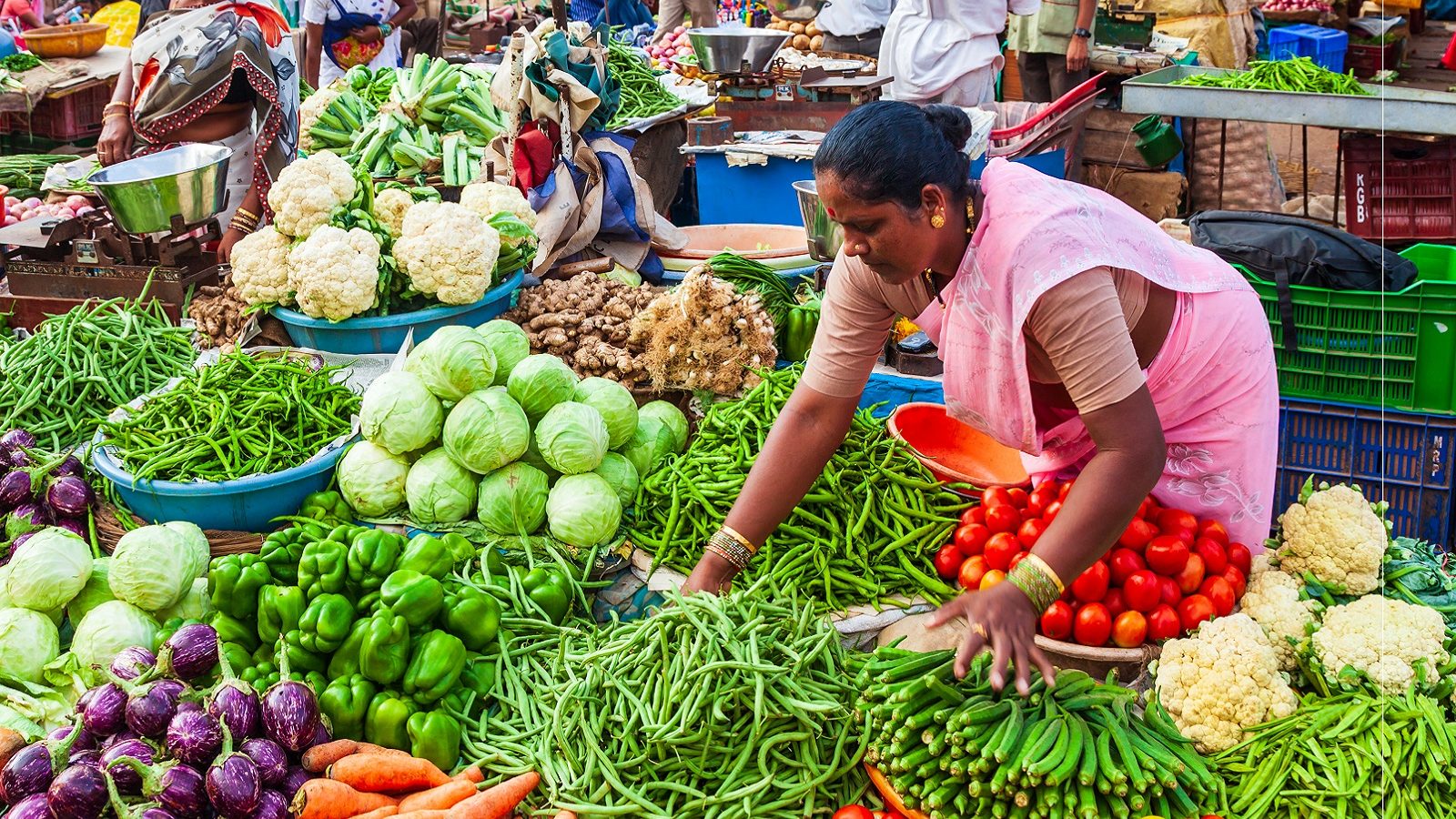Oil is Not Well with High Inflation Rates; Why India’s Situation is Far from Okay
Inflation rates in major economies around the globe are constantly skyrocketing. At present, at 10.1%, the UK is witnessing its highest inflation levels in the last 40 years. Worse, it is expected to touch 13%, further causing costs of living to soar dangerously out of control.
The US is also unsuccessfully battling an “unacceptably high” inflation rate that despite slowing significantly, is still far from being tame. The country’s inflation rate touched 8.5% in July, rising from just 4.7% in 2021.
India, too, is fighting its own troubles with inflation. According to the August 2022 bulletin published by RBI on August 19, the challenge is to guide inflation to the pre-targeted 4%. However, that would be far from easy. This is due to the intense pressure of imported inflation, that is, rising crude oil prices that sits heavily on the domestic rate.
In 2021, India imported crude oil and minerals worth $170 billion, constituting 30% of its total imports. This year, India has been under serious fire at many international forums for continuing to purchase crude oil at discounted prices from Russia.
Notably, the country invaded Ukrainian territory in February 2022. India’s decision to maintain trade relations with Russia was seen as a symbolical support to the nation, which is being ostracised and isolated from global trade. In fact, India’s oil purchases from Russia have surged since February. In June 2022, India bought 9,50,000 barrels per day from Russia.
High crude oil prices generally dampen global trade sentiment. Given that oil is essential and intrinsic to most goods and services we consume on a daily basis, skyrocketing crude oil prices cause the overall cost of living to soar, intensely pressuring the common man’s pocket. However, crude oil prices are expected to improve as global pressures and the impact of geo-political tensions soften in the months to come.
As CA Manish Gupta explains, “If inflation goes up, the regular salaried man suffers the most. That’s because companies tackle inflationary pressure by passing it on to consumers. Prices go up, with no commensurate increase in their purchasing power, thereby taking up bigger than the usual share of income.”
Is India better off?
The data released by the National Statistical Office (NSO) in August notes the muting rate of inflation in India. The country’s consumer price index (CPI) eased to 6.7% in July from 7% in June 2022. A recent study by Kotak Economic Research pins retail price inflation at 6.5% for the year 2022-23.
However, according to RBI governor Shaktikanta Das, while the worse is behind us, the situation is far from okay. Inflation levels in July eased by 30 basis points as compared to June, and a massive 60 basis points from the 7.3% average for Q1 2022-23.
“On the domestic front, though inflation has moderated and plateaued since its recent peaking in April 2022, it remains unacceptably and uncomfortably high,” noted the RBI bulletin.
Read the Latest News and Breaking News here
For all the latest business News Click Here

